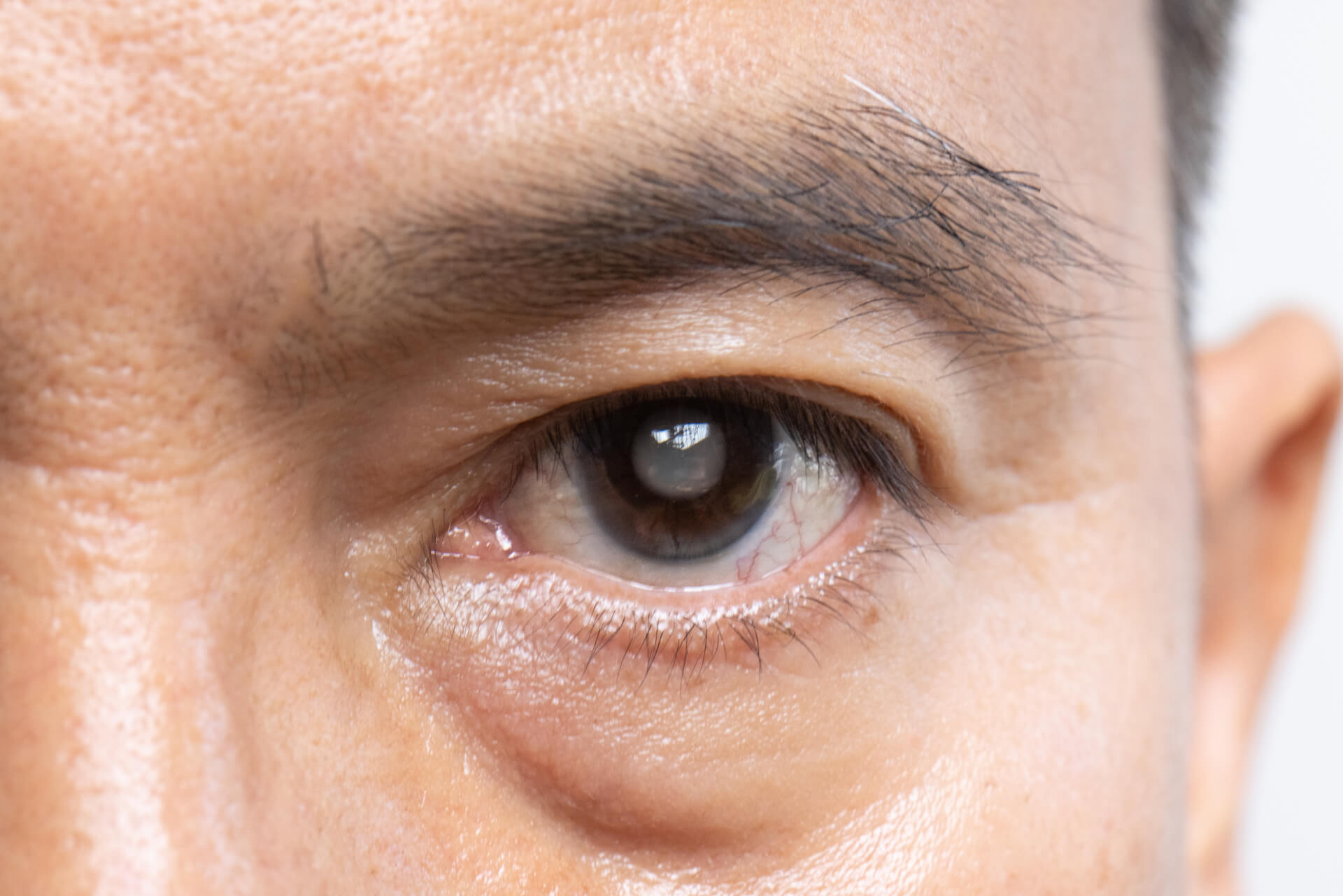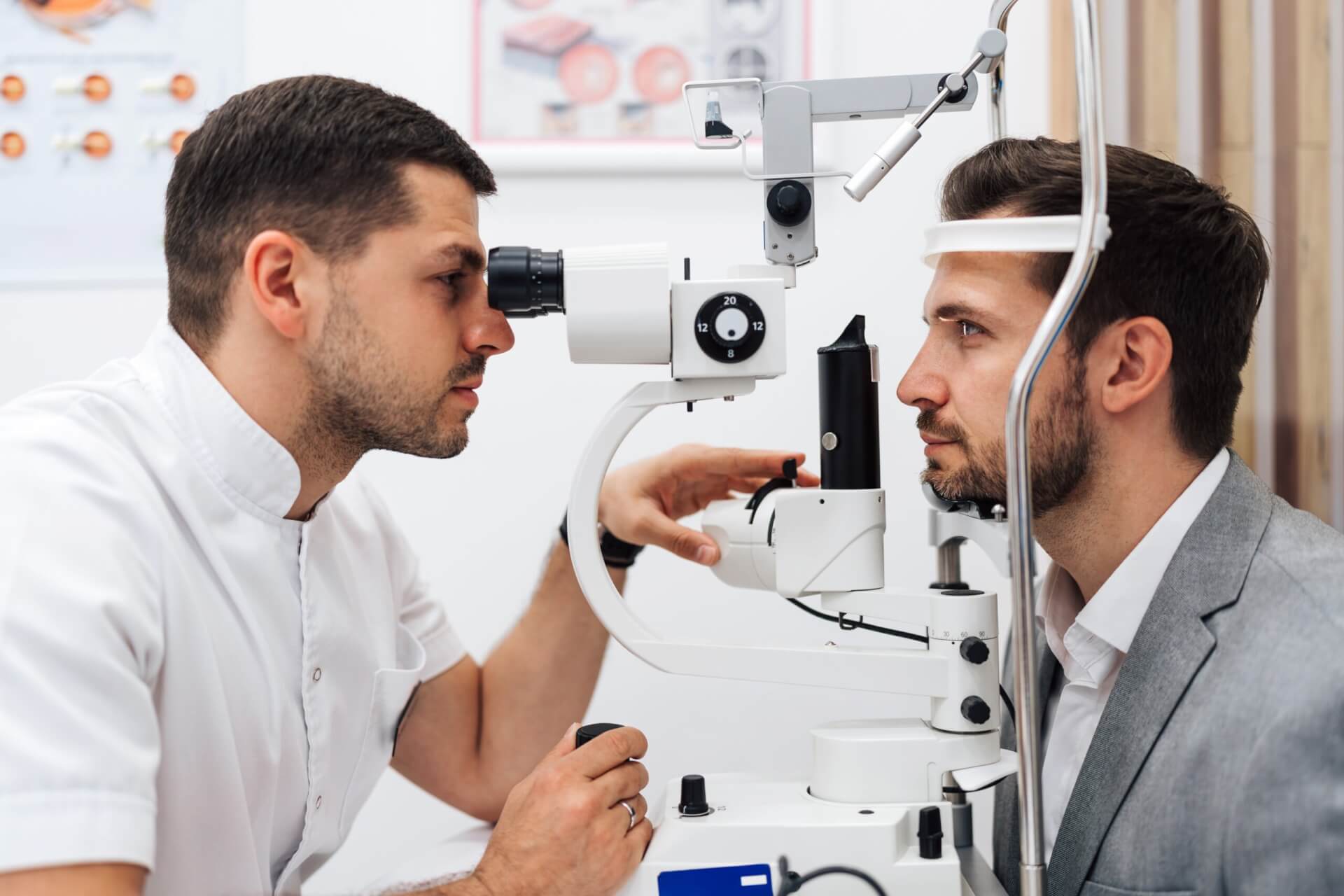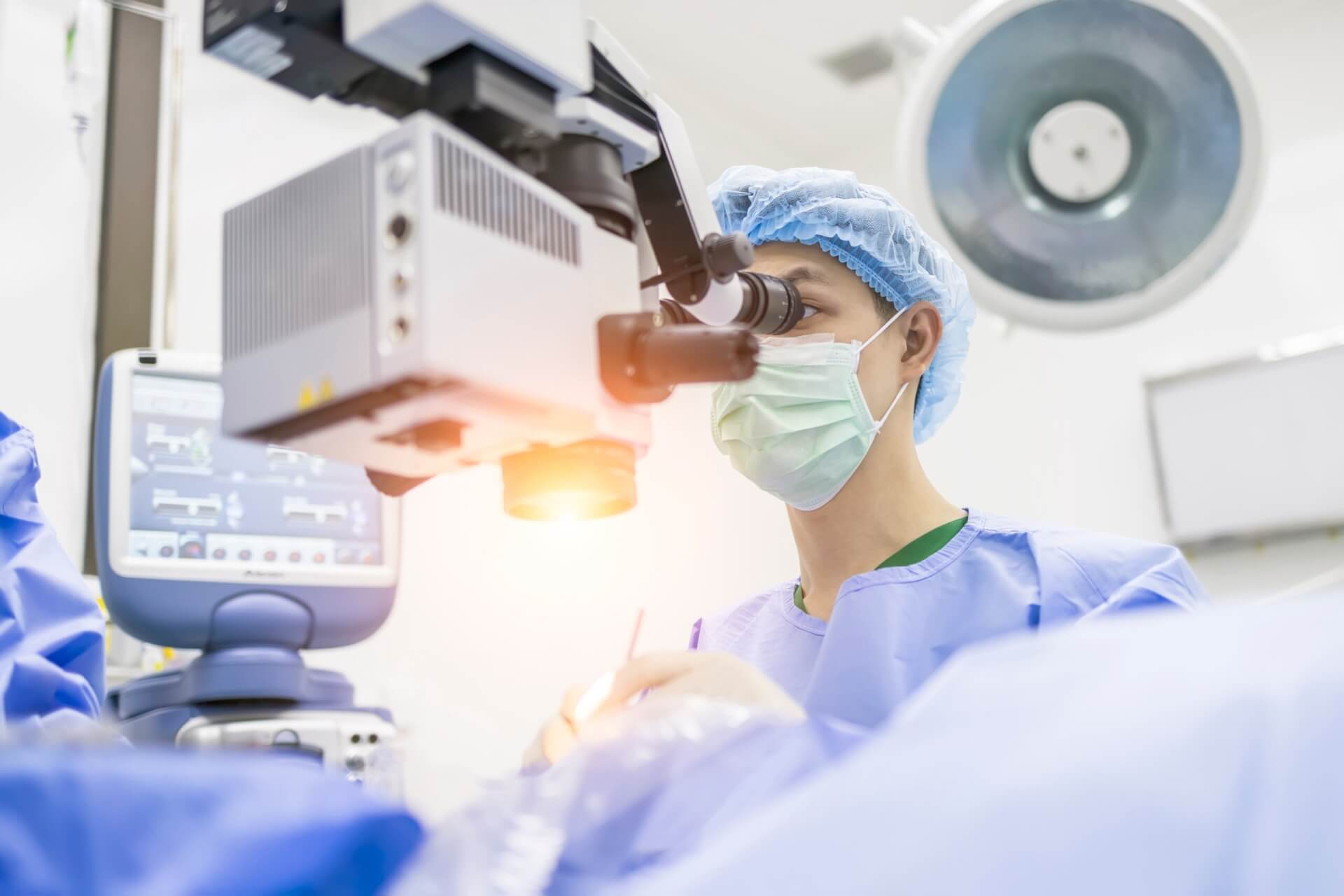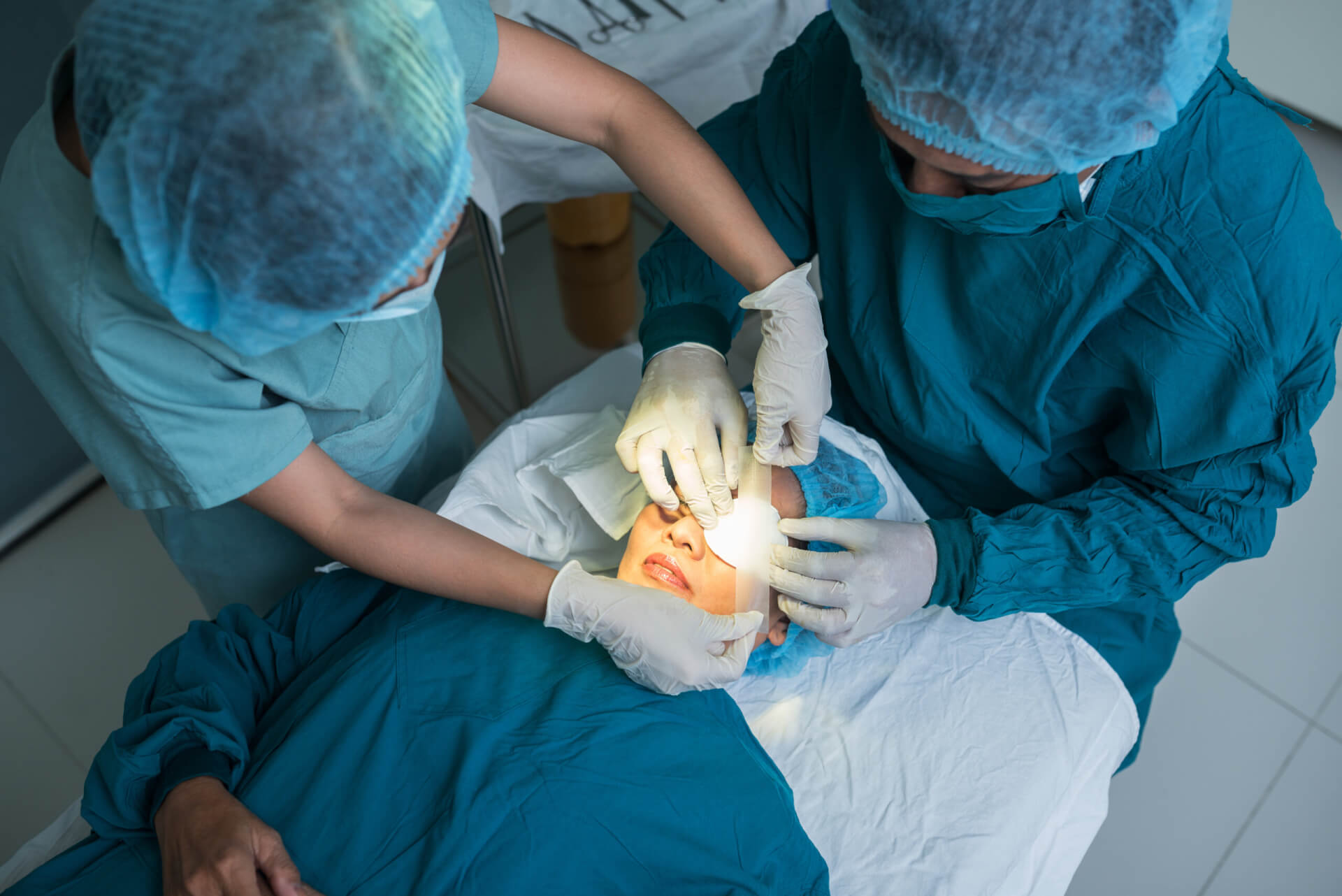Posted by: Kentucky Eye Institute in Cataracts

If you’re over fifty, you may have started noticing changes in your vision, and not for the better. Not only are things becoming blurrier, but there seems to be a kind of general haze, like peering through a sheet of wax paper.
These are all symptoms of a common eye condition called cataracts. If left untreated, cataracts could eventually lead to blindness.
Fortunately, modern cataract surgery can stop its progression and restore your vision. If you’re ready to have cataract surgery, here’s what you can expect from this vision-restoring procedure!
What Are Cataracts?
Much like the lens in a camera, the natural lens inside the eye bends and focuses light. The lens’s main job is to help light land directly on the retina for image processing.

The lens is normally clear, allowing you to see without obstruction. However, over time, the proteins inside the natural lens begin to break down and clump together, causing it to become cloudy. This, in essence, is a cataract—a clouded natural lens that causes the vision changes you’re experiencing.
Although this buildup can’t be reversed, cataract surgery can remove the clouded lens and replace it with a clear artificial implant known as an intraocular lens (IOL).
Is Cataract Surgery Safe?
Cataract surgery is a medical procedure that involves delicate incisions requiring precision and accuracy. As with any surgical procedure, there is the possibility of complications or unsatisfactory results.
However, cataract surgeons have been successfully performing cataract surgery for several decades. Because of this depth of experience, as well as many advances in techniques, equipment, and IOL technology, cataract surgery is one of the safest procedures and has a high degree of success.
How Do I Know When It’s Time To Have Cataract Surgery?
Even though cataract surgery is among the safest and most common surgeries in medicine, it’s also a major medical procedure intended to be a once-in-a-lifetime event. It’s important to schedule your procedure for the most opportune time indicated by your life circumstances.

If you’ve been faithfully undergoing annual eye exams, your eye doctor may have already detected your cataracts earlier and has been monitoring their progression ever since. This progression may eventually worsen to the point that your doctor recommends surgery.
Your own personal experience can also play a role in the timing of your cataract surgery. It’s possible to live normally in the early stages of cataracts, albeit with a few minor adjustments.
However, when your cataract symptoms start to seriously interfere with your daily activities, it’s probably time for the procedure. Your eye doctor will tell you when it’s time to have cataract surgery.
What Happens During the Cataract Procedure?
Sometime before your procedure, you’ll undergo a specialized exam to assess your eye health and map out the particular surface characteristics of your eye, all of which will factor into your upcoming procedure. Your eye doctor will also help you decide which replacement lens might be best for you.
The most basic lens, the standard IOL, provides sharp and clear distance vision, while you may still need glasses to see up close. It’s also the lens most often covered by insurance.
At the other end of the spectrum are advanced multifocal lenses, like the PanOptix® IOL, for example. These lenses usually offer clear vision at various distances, often without the need for any corrective lenses. Your IOL choice will depend on your financial ability and overall lifestyle needs.

The procedure itself is usually performed on one eye at a time, with about a week in between the two surgeries. After your cataract surgeon instills drops for eye dilation and numbing, you’re ready for the first phase, the removal of the clouded natural lens where the cataract is.
After making a tiny opening in the surface of your eye, your cataract surgeon will use specialized tools to break up and remove your natural lens. Then, they will carefully insert the new artificial IOL that you have chosen.
Once it is positioned and in place, the procedure will be complete. The entire procedure, from start to finish, only takes a few minutes.
What Is the Recovery Like After Surgery?
You’ll usually take it easy for the remainder of the surgery day with no heavy lifting or driving. Over the next week you’ll wear a clear plastic shield at night to protect the eye still healing from the incisions.
You’ll also need to avoid rubbing or touching your eye, and wear dark sunglasses any time you venture outside. For about a month, you’ll apply medicated drops a few times a day.

These drops protect against infection, help reduce swelling, and prevent complications as your eyes heal. You’ll also have a number of follow-up visits with your eye doctor over the next four to six weeks to check the healing process and your visual acuity.
Barring any complications, you’ll be released after the last follow-up visit until your next annual exam. Many people notice improved clarity in their vision right after cataract surgery, but some experience some blurriness or double vision.
It is essential to give your brain time to adjust to the new lenses. Your vision should steadily improve while your eyes recover.
Final results vary, of course, from patient to patient. But if you’re like most, the hazy effect will be gone, colors will look brighter than ever, and you’ll have less dependence on glasses or contacts.
In the end, the time, expense, and effort of this surgical experience are well worth now being able to see the world through unclouded eyes.
Are you experiencing symptoms of cataracts? Schedule a cataract evaluation at Kentucky Eye Institute in Lexington, KY, today!
